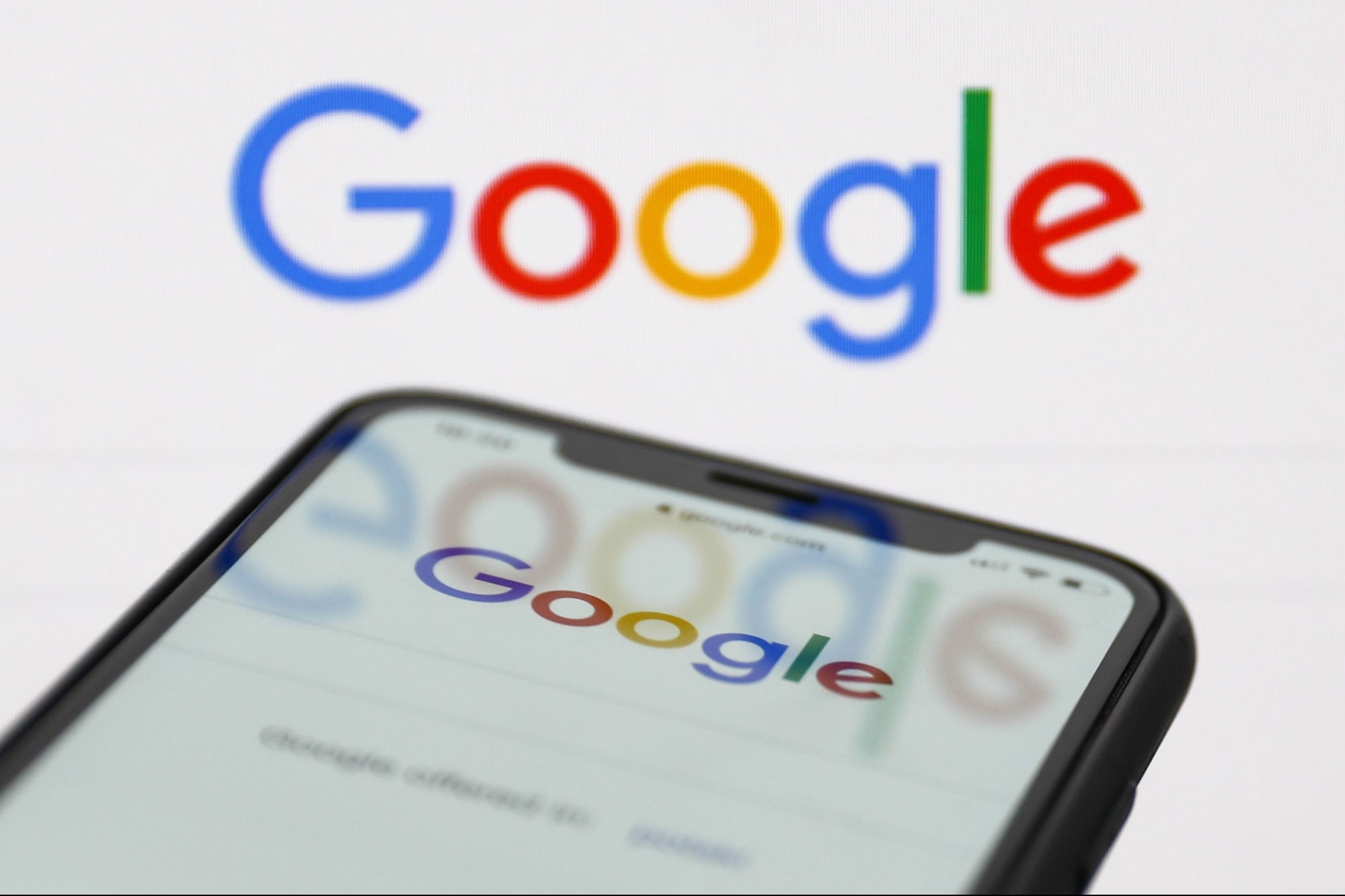Opinions expressed by Entrepreneur contributors are their own.
When it comes to getting your business to succeed online, SEO (search engine optimization) is everything — but link building can often fall through the cracks when it comes to website optimization. Adding hyperlinks to your website is one of the many ways to improve your Google rankings and ensure potential customers see your offerings.
However, it’s not just about the quantity of the links on your website, but the quality — i.e., the source you’re linking to, the link’s position on the page and more. Understanding the reasoning behind Google’s link ranking will help you optimize your website for increased traffic and awareness.
Luckily, Google just released an updated guide on its best practices for link building. As a marketing expert and business leader, I’ve sorted through these new guidelines and shared my expertise on optimizing content and link-building best practices, so your online business can thrive.
Related: 7 Ways to Use Google Trends for SEO
Google’s latest release
The Google Search best practices documentation has existed for several years, with tips and tricks on improving your SEO for Google Search. It gives straightforward advice on optimization for numerous categories, from SEO fundamentals to monitoring and debugging.
In February 2023, Google updated the online document to reflect new best practices pertaining to link building. Whereas before, the information about links was only about how to build crawlable links, it now includes several essential tips on creating links that will help your website perform well in Google Search results.
Related: 7 SEO Copywriting Tips to Get Your Business Ranking on Google
Making your links crawlable
Creating crawlable links was a vital component of the earlier version of this Google Search best practices document. It remains a crucial tip for ensuring that links on your website are top quality. Essentially, for Google’s algorithm to be able to crawl (automatically comb through your site), the links need to be written in readable code.
Google gives specific examples of what types of code are crawlable and what types are not. Look at the examples and code recommendations and ensure that your website coding follows these suggestions so that Google can understand your links and rank your page.
Related: Learning Google SEO Can Help You Grow Your Business on a Budget
Placing anchor text correctly…
What is anchor text? Anchor text is the visible text of a link or what you, as a user, would click on. Google provides several tips about anchor text (most importantly, make sure you use it!). It’s also good to note that in the case of images used as links, Google suggests adding descriptive alt text because this will be attributed as anchor text.
Related: Five Red Flags That Can Destroy Your Google Ranking
…and writing better anchor text
Besides knowing where and how to place your anchor text, writing clear and descriptive anchor text is essential. Strong writing will help Google categorize the relevancy of your links and will also, of course, help users better understand what they’re about to click on.
For instance, if you’re hyperlinking to another page on your site and use the anchor text “Learn More,” Google (and users!) won’t find this satisfactory. Where does this link lead? If you were to read just the anchor text out of context, it would not make much sense.
Instead, write anchor text that would still make sense out of context from the rest of the sentence — without being too long. Updating the anchor text to “our company’s mission statement” would better serve your purpose and meet Google’s requirements.
Google also reminds users not to overdo it. Adding too many keywords can be considered spam, and adding too many different links right next to each other can confuse readers. In short: Space out your links, make your anchor text clear and descriptive, and don’t keyword stuff.
Related: 6 Elements Your Link-Building Campaign Must Include
The correct ways to use internal and external links
The final section of the best practices for SEO links pertains to internal and external links. What’s the difference? Internal links refer to links that drive to a page within the same web domain (i.e., you’re pointing the user to another part of your website). External links take the user to an entirely new domain.
Google recommends paying particular attention to internal links, as this is an often-overlooked area. The search giant also recommends including at least one internal link on every page of your website, primarily to provide clarity to any given section. Unsure how to incorporate more internal links? Imagine a user’s journey on your site and how other pages on your domain could be useful to a specific section.
When it comes to external links, don’t be afraid! Just ensure that you’re linking to valid, trustworthy sources. Established news sources can be a great way to provide context and statistics to your website and prove to Google that your website can also be trusted.
Finally, Google provides code-specific advice for sponsored and user-generated content and a way to ensure Google doesn’t crawl certain external links. Read up on these tips as well since they pertain to specific situations you may encounter.







